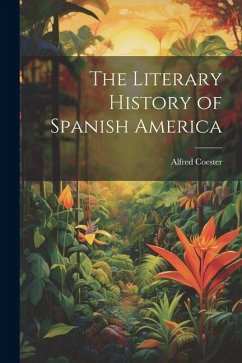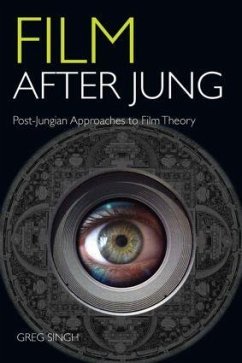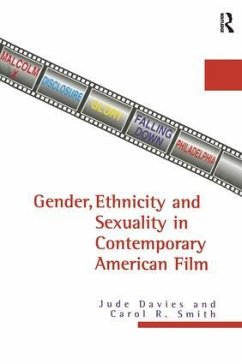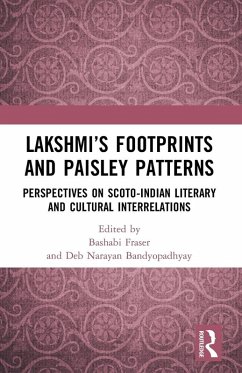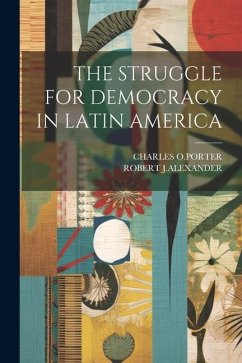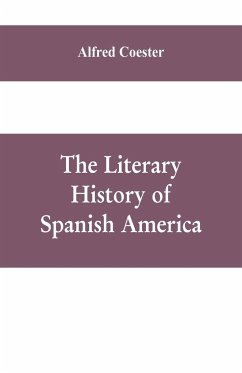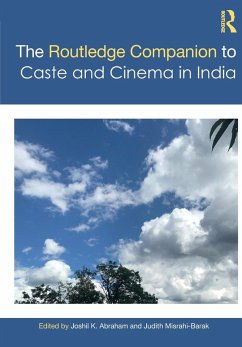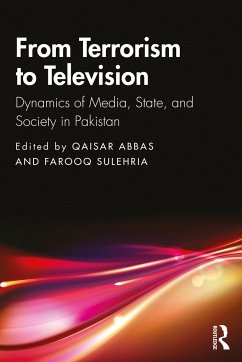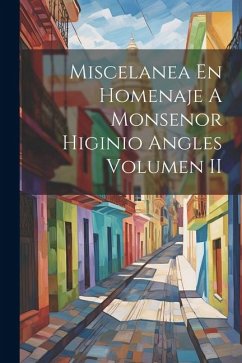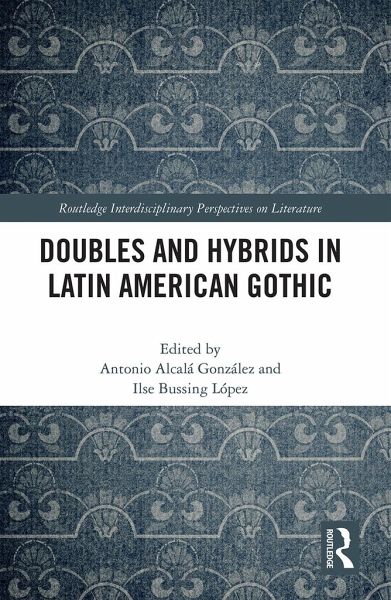
Doubles and Hybrids in Latin American Gothic
Versandkostenfrei!
Versandfertig in über 4 Wochen
54,99 €
inkl. MwSt.

PAYBACK Punkte
27 °P sammeln!
Doubles and Hybrids in Latin American Gothic focuses on a recurrent motif that is fundamental in the Gothic-the double. This volume explores how this ancient notion acquires tremendous force in a region, Latin America, which is itself defined by duplicity (indigenous/European, autochthonous religions/Catholic). Despite this duplicity and at the same time because of it, this region has also generated "mestizaje," or forms resulting from racial mixing and hybridity. This collection, then, aims to contribute to the current discussion about the Gothic in Latin America by examining the doubles and ...
Doubles and Hybrids in Latin American Gothic focuses on a recurrent motif that is fundamental in the Gothic-the double. This volume explores how this ancient notion acquires tremendous force in a region, Latin America, which is itself defined by duplicity (indigenous/European, autochthonous religions/Catholic). Despite this duplicity and at the same time because of it, this region has also generated "mestizaje," or forms resulting from racial mixing and hybridity. This collection, then, aims to contribute to the current discussion about the Gothic in Latin America by examining the doubles and hybrid forms that result from the violent yet culturally fertile process of colonization that took place in the area.





